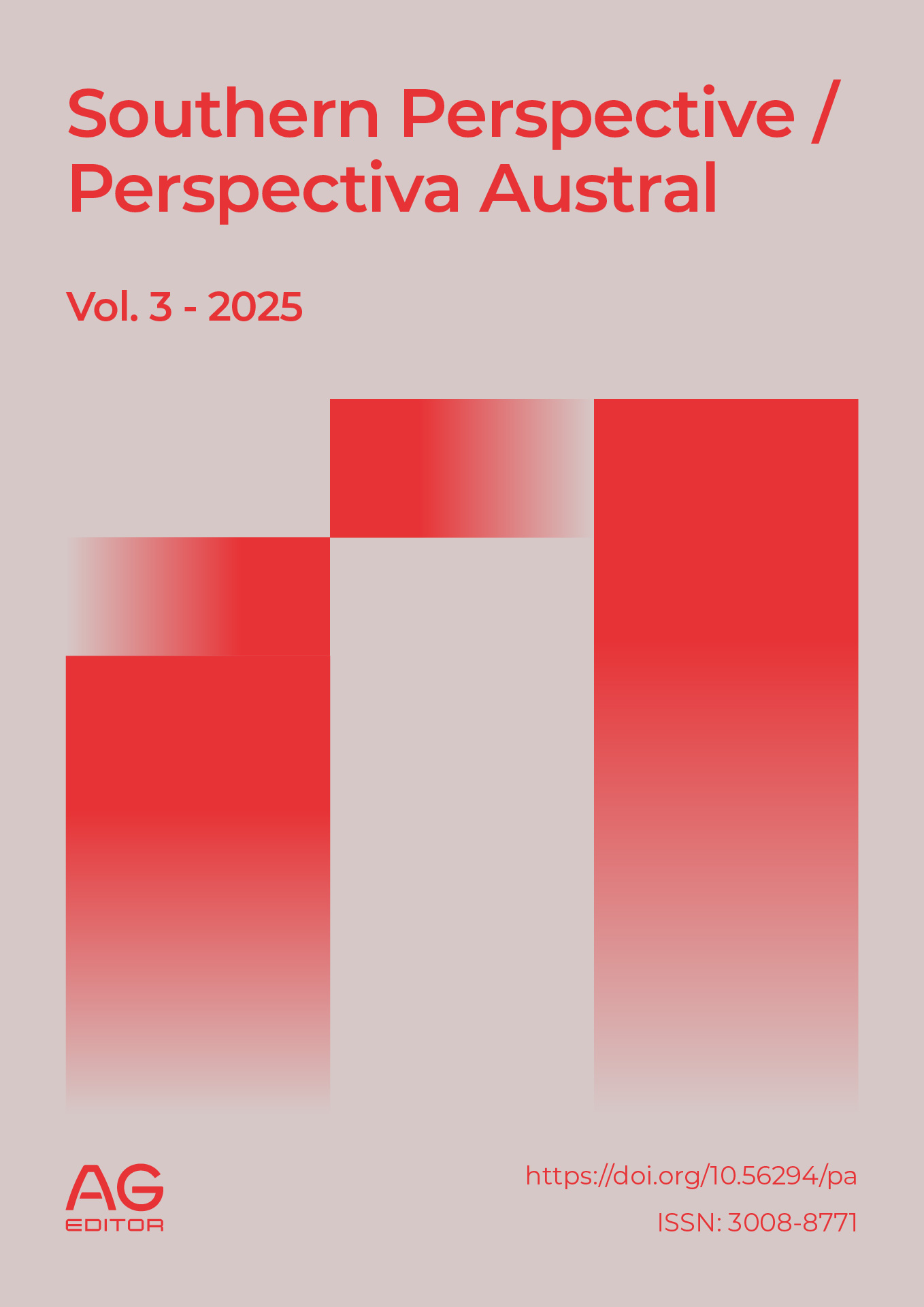Transvestism in the SS: Political Discourses Against Sexual Diversity During Nazi Germany
DOI:
https://doi.org/10.56294/pa202545Keywords:
Gender binarism, Nazi persecution, sexuality discourse, masculinity studies, cross-dressingAbstract
Introduction: In 2018, Martin Dammann, in collaboration with sociologist Harald Welzer, published Soldier Studies: Cross-dressing in der Wehrmacht, a photographic compilation of Nazi soldiers dressed in women’s clothing. This publication sparked immediate interest because, during the Nazi regime, homosexuality was persecuted under Article 175 of the Penal Code. The study of this phenomenon was relevant to gender and masculinity studies, as it demonstrated the complexities of self-expression, identity, and body politics. The Nazi regime imposed strict binary gender norms, rejecting any deviation from traditional masculinity. Consequently, transvestism, like homosexuality, was heavily stigmatized.
Development: The theoretical framework of Michel Foucault’s concept of dispositif (apparatus) was used to analyze how discourses and power structures shape social norms. The Nazi discourse on sexuality was rooted in a rigid gender binary that condemned non-reproductive sexual practices. Historically, Germany had seen progressive attitudes toward sexual diversity during the Weimar Republic, with Berlin emerging as a safe space for LGBTQ+ individuals. However, when the Nazis seized power in 1933, they enacted policies that criminalized homosexuality and non-conforming gender expressions. Ernst Röhm, a high-ranking SA officer and an openly homosexual man, was assassinated during the Night of the Long Knives, demonstrating the Nazi regime’s intolerance. Institutions like the Reichszentrale zur Bekämpfung der Homosexualität und der Abtreibung were established to police sexuality, and thousands of homosexuals were arrested and sent to concentration camps, where they suffered extreme violence and medical experiments.
Conclusion: Dammann’s photographic evidence suggested an underlying contradiction within Nazi ranks. While homosexuality and gender non-conformity were persecuted, soldiers in the Wehrmacht engaged in cross-dressing performances. This practice was framed as artistic expression rather than an identity claim, but it revealed an inherent tension in the hyper-masculine image the Nazi state sought to project. The study of these images exposed the gap between ideological discourse and lived reality, highlighting the complexity of gender and sexual diversity even within the most oppressive regimes.
References
Agamben, G. (2011). ¿Qué es un dispositivo? Sociológica. Año 56. Núm. 73.
Barreda, L. (2023). El escándalo de la homofobia. Crónica de una represión milenaria.
Trilce.
Connell, J. (2019). Masculinidades. UNAM-CIEG.
Dammann, M. y Welzer, H. (2018). Soldier Studies: Cross-dressing in der Wehrmacht. Hatje Cantz.
Guzmán, D. (2024). Discursos sociopolíticos de la persecución contra hombres homosexuales durante la Alemania Nazi (1933-1945). Tesis de maestría. UNAM.
Lamas, M. (2006). Cuerpo: diferencia sexual y género. Taurus.
Micheler, S. (2002). Homophobic Propaganda and the Denunciation of Same Sex Desiring Men under National Socialism. Journal of the History of sexuality, 11 (1/2). http://www.jstor.org/stable/3704553.
Weitz, E. D. (2019). La Alemania de Weimar: Presagio y tragedia. Turner..
Downloads
Published
Issue
Section
License
Copyright (c) 2025 Diego Armando Guzmán Villalba (Author)

This work is licensed under a Creative Commons Attribution 4.0 International License.
The article is distributed under the Creative Commons Attribution 4.0 License. Unless otherwise stated, associated published material is distributed under the same licence.






